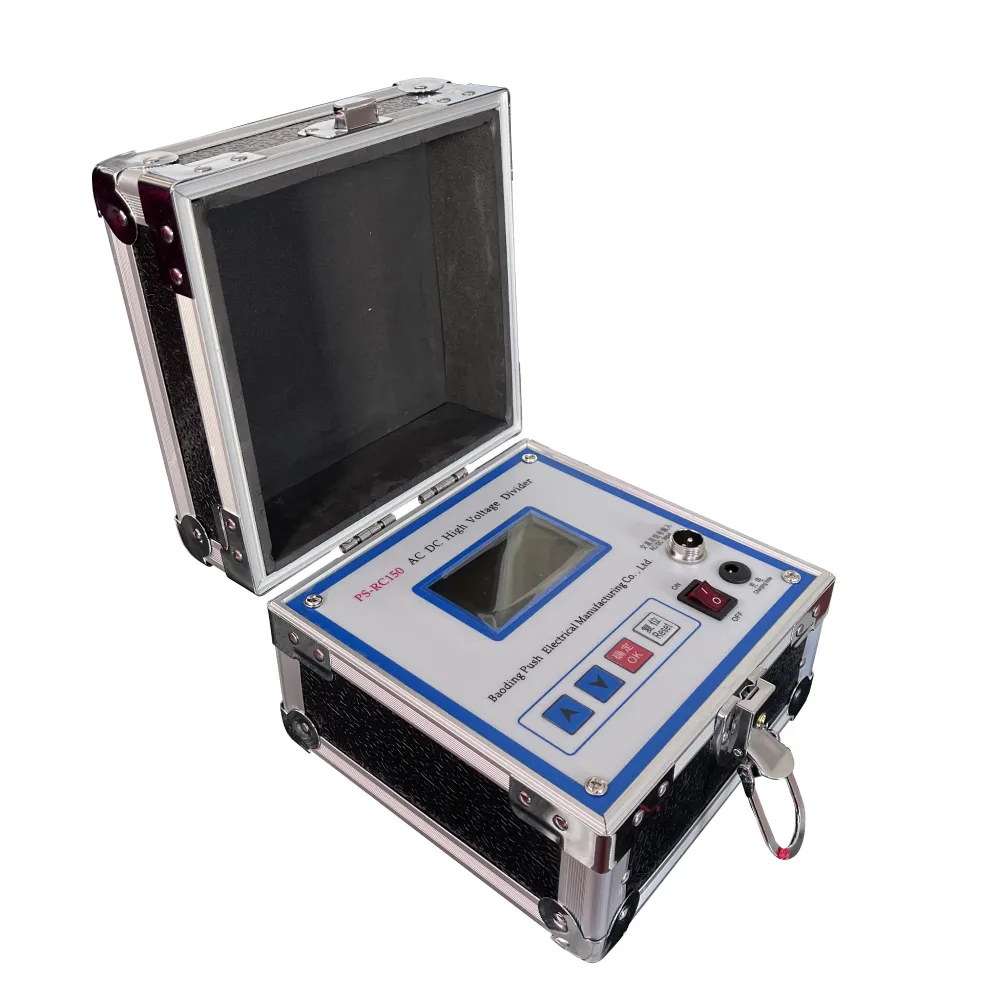 English
English



-
 Afrikaans
Afrikaans -
 Albanian
Albanian -
 Amharic
Amharic -
 Arabic
Arabic -
 Armenian
Armenian -
 Azerbaijani
Azerbaijani -
 Basque
Basque -
 Belarusian
Belarusian -
 Bengali
Bengali -
 Bosnian
Bosnian -
 Bulgarian
Bulgarian -
 Catalan
Catalan -
 Cebuano
Cebuano -
 China
China -
 China (Taiwan)
China (Taiwan) -
 Corsican
Corsican -
 Croatian
Croatian -
 Czech
Czech -
 Danish
Danish -
 Dutch
Dutch -
 English
English -
 Esperanto
Esperanto -
 Estonian
Estonian -
 Finnish
Finnish -
 French
French -
 Frisian
Frisian -
 Galician
Galician -
 Georgian
Georgian -
 German
German -
 Greek
Greek -
 Gujarati
Gujarati -
 Haitian Creole
Haitian Creole -
 hausa
hausa -
 hawaiian
hawaiian -
 Hebrew
Hebrew -
 Hindi
Hindi -
 Miao
Miao -
 Hungarian
Hungarian -
 Icelandic
Icelandic -
 igbo
igbo -
 Indonesian
Indonesian -
 irish
irish -
 Italian
Italian -
 Japanese
Japanese -
 Javanese
Javanese -
 Kannada
Kannada -
 kazakh
kazakh -
 Khmer
Khmer -
 Rwandese
Rwandese -
 Korean
Korean -
 Kurdish
Kurdish -
 Kyrgyz
Kyrgyz -
 Lao
Lao -
 Latin
Latin -
 Latvian
Latvian -
 Lithuanian
Lithuanian -
 Luxembourgish
Luxembourgish -
 Macedonian
Macedonian -
 Malgashi
Malgashi -
 Malay
Malay -
 Malayalam
Malayalam -
 Maltese
Maltese -
 Maori
Maori -
 Marathi
Marathi -
 Mongolian
Mongolian -
 Myanmar
Myanmar -
 Nepali
Nepali -
 Norwegian
Norwegian -
 Norwegian
Norwegian -
 Occitan
Occitan -
 Pashto
Pashto -
 Persian
Persian -
 Polish
Polish -
 Portuguese
Portuguese -
 Punjabi
Punjabi -
 Romanian
Romanian -
 Russian
Russian -
 Samoan
Samoan -
 Scottish Gaelic
Scottish Gaelic -
 Serbian
Serbian -
 Sesotho
Sesotho -
 Shona
Shona -
 Sindhi
Sindhi -
 Sinhala
Sinhala -
 Slovak
Slovak -
 Slovenian
Slovenian -
 Somali
Somali -
 Spanish
Spanish -
 Sundanese
Sundanese -
 Swahili
Swahili -
 Swedish
Swedish -
 Tagalog
Tagalog -
 Tajik
Tajik -
 Tamil
Tamil -
 Tatar
Tatar -
 Telugu
Telugu -
 Thai
Thai -
 Turkish
Turkish -
 Turkmen
Turkmen -
 Ukrainian
Ukrainian -
 Urdu
Urdu -
 Uighur
Uighur -
 Uzbek
Uzbek -
 Vietnamese
Vietnamese -
 Welsh
Welsh -
 Bantu
Bantu -
 Yiddish
Yiddish -
 Yoruba
Yoruba -
 Zulu
Zulu
Evaluation of Transformer Winding Resistance Using Precise Measurement Techniques and Equipment
Measurement of Winding Resistance of Transformer
The winding resistance of a transformer is a crucial parameter that can significantly influence its performance, efficiency, and operational characteristics. Proper measurement and assessment of winding resistance are essential for diagnosing potential issues, ensuring reliable operation, and maintaining the longevity of the equipment.
Winding resistance primarily refers to the resistance encountered by electric current as it flows through the transformer windings. It is influenced by several factors, including the material properties of the conductors (usually copper or aluminum), temperature, and the physical characteristics of the windings themselves. Accurate measurements can reveal insights into the quality of the windings, loose connections, or abnormalities caused by aging or overheating.
One of the most common methods for measuring transformer winding resistance is the use of a digital micro-ohmmeter. This device applies a low DC current through the windings and measures the resulting voltage drop, applying Ohm's Law to calculate resistance. This technique is preferred because it minimizes the impact of contact resistances and provides a precise measurement of the winding resistance.
The procedure for measuring winding resistance typically entails the following steps First, the transformer should be disconnected from the power supply to ensure safety. Next, the connections to the winding terminals should be cleaned to eliminate any surface oxidation or debris that could affect the readings. After setting up the micro-ohmmeter, the technician connects the leads to the appropriate terminals and initiates the measurement. It is advisable to record the ambient temperature during the measurement since resistance varies with temperature, allowing for a more accurate assessment when comparing results.
measurement of winding resistance of transformer

It is essential to adhere to safety protocols during the measurement process, as working with transformers can pose serious electrical risks. Ensuring that the transformer is de-energized and properly grounded is crucial to prevent accidents.
The results obtained from winding resistance measurements can provide valuable data for assessing the condition of the transformer. Generally, the resistance values for windings in good condition should fall within a certain range specific to the transformer's design. If the resistance is significantly higher than expected, it may indicate issues such as winding degradation, faulty solder joints, or excessive heating due to high current loads. Conversely, low resistance values could signal short-circuits between turns or improper connections, leading to inefficient operation.
In practice, measuring the winding resistance should be part of a regular maintenance schedule. Doing so not only helps in the early detection of potential faults but also contributes to the overall reliability of electrical systems. By ensuring transformers operate within their specified parameters, utilities and industries can avoid costly downtimes, enhance energy efficiency, and extend the operational life of their equipment.
In conclusion, the measurement of winding resistance in transformers is a vital procedure that informs maintenance strategies and operational reliability. Utilizing precise measurement techniques enables engineers and technicians to ensure the optimal performance of transformers, ultimately supporting the smooth functioning of electrical networks.
-
Testing Equipment Industry Sees Major Advancements in 2025: Smart & Precision Technologies Lead the WayNewsJun.06,2025
-
Applications of Direct Current Generators in Renewable Energy SystemsNewsJun.05,2025
-
Hipot Tester Calibration and Accuracy GuidelinesNewsJun.05,2025
-
Digital Circuit Breaker Analyzer Features and BenefitsNewsJun.05,2025
-
Benefits of Real-Time Power Quality Monitoring Devices for Industrial EfficiencyNewsJun.05,2025
-
Earth Fault Loop Testing in High-Rise Building Electrical SystemsNewsJun.05,2025



